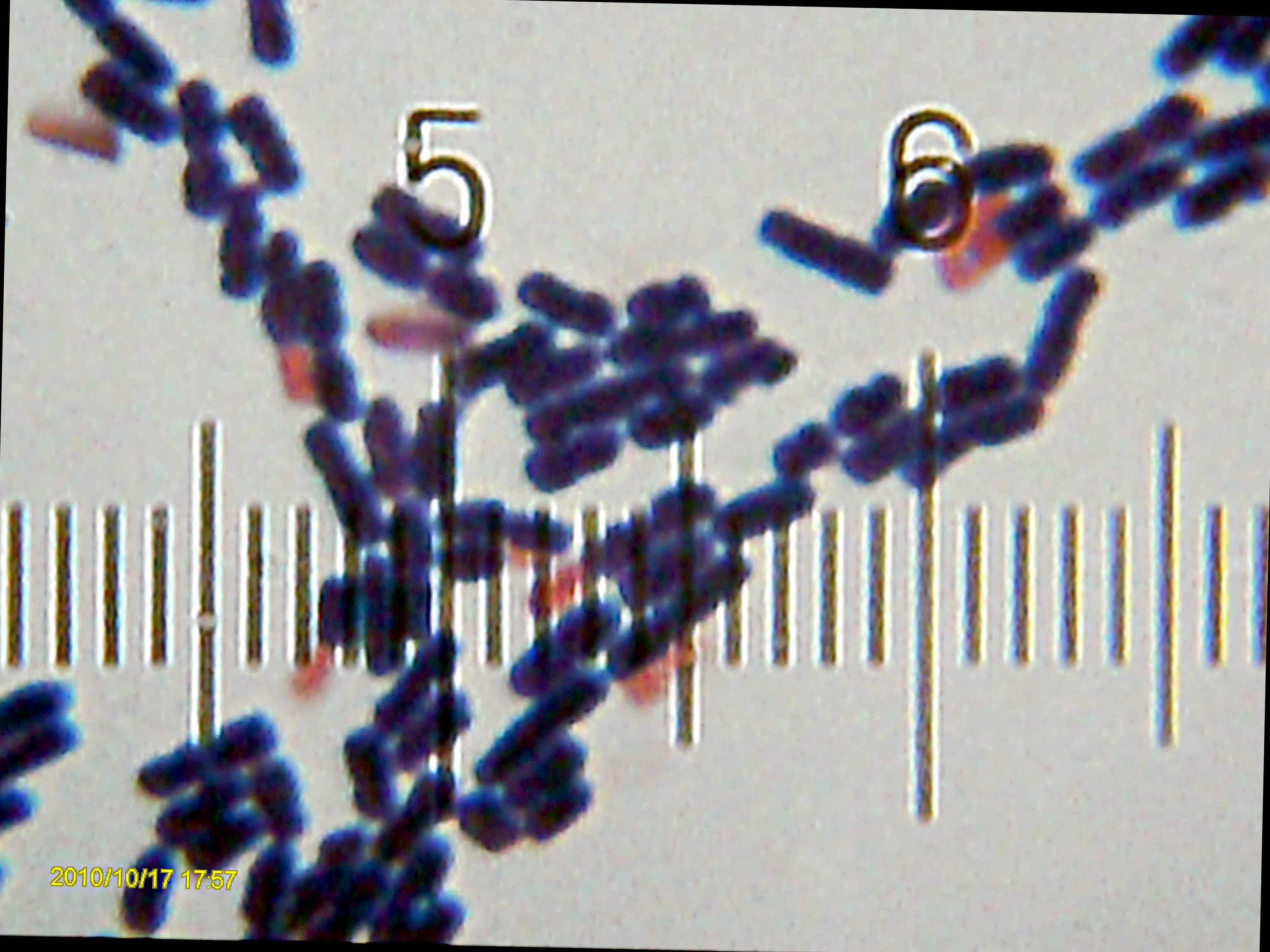|
Bacillus Horti
''Bacillus horti'' is a species of Gram-negative alkaliphilic bacillus. Its cells are strictly aerobic rods that produce subterminally located ellipsoidal spore In biology, a spore is a unit of sexual or asexual reproduction that may be adapted for dispersal and for survival, often for extended periods of time, in unfavourable conditions. Spores form part of the life cycles of many plants, algae, f ...s. Its type strain is K13T (= JCM 9943T). References Further reading *Berkeley, Roger, et al., eds. Applications and systematics of bacillus and relatives. John Wiley & Sons, 2008. *Logan, Niall A., and Paul De Vos. "Bacillus." Bergey's manual of systematic bacteriology 3 (2009): 21–128. *Mielenz, Jonathan R., et al. Biotechnology for Fuels and Chemicals: The Twenty-Eighth Symposium. Vol. 136. Springer, 2009. *Ivanova, Elena P., et al. "Characterization of Bacillus strains of marine origin."International microbiology 2.4 (2010): 267–271. External links *LPSN [...More Info...] [...Related Items...] OR: [Wikipedia] [Google] [Baidu] |
Gram-negative
Gram-negative bacteria are bacteria that do not retain the crystal violet stain used in the Gram staining method of bacterial differentiation. They are characterized by their cell envelopes, which are composed of a thin peptidoglycan cell wall sandwiched between an inner cytoplasmic cell membrane and a bacterial outer membrane. Gram-negative bacteria are found in virtually all environments on Earth that support life. The gram-negative bacteria include the model organism ''Escherichia coli'', as well as many pathogenic bacteria, such as ''Pseudomonas aeruginosa'', ''Chlamydia trachomatis'', and ''Yersinia pestis''. They are a significant medical challenge as their outer membrane protects them from many antibiotics (including penicillin), detergents that would normally damage the inner cell membrane, and lysozyme, an antimicrobial enzyme produced by animals that forms part of the innate immune system. Additionally, the outer leaflet of this membrane comprises a complex lipo ... [...More Info...] [...Related Items...] OR: [Wikipedia] [Google] [Baidu] |
Alkaliphilic
Alkaliphiles are a class of extremophilic microbes capable of survival in alkaline ( pH roughly 8.5–11) environments, growing optimally around a pH of 10. These bacteria can be further categorized as obligate alkaliphiles (those that require high pH to survive), facultative alkaliphiles (those able to survive in high pH, but also grow under normal conditions) and haloalkaliphiles (those that require high salt content to survive).HORIKOSHI, KOKI. "Alkaliphiles: Some Applications of Their Products for Biotechnology." MICROBIOLOGY AND MOLECULAR BIOLOGY REVIEWS 63.4 (1999): 735-50. Print. Background information Microbial growth in alkaline conditions presents several complications to normal biochemical activity and reproduction, as high pH is detrimental to normal cellular processes. For example, alkalinity can lead to denaturation of DNA, instability of the plasma membrane and inactivation of cytosolic enzymes, as well as other unfavorable physiological changes.Higashibata, Akira ... [...More Info...] [...Related Items...] OR: [Wikipedia] [Google] [Baidu] |
Spore
In biology, a spore is a unit of sexual or asexual reproduction that may be adapted for dispersal and for survival, often for extended periods of time, in unfavourable conditions. Spores form part of the life cycles of many plants, algae, fungi and protozoa. Bacterial spores are not part of a sexual cycle, but are resistant structures used for survival under unfavourable conditions. Myxozoan spores release amoeboid infectious germs ("amoebulae") into their hosts for parasitic infection, but also reproduce within the hosts through the pairing of two nuclei within the plasmodium, which develops from the amoebula. In plants, spores are usually haploid and unicellular and are produced by meiosis in the sporangium of a diploid sporophyte. Under favourable conditions the spore can develop into a new organism using mitotic division, producing a multicellular gametophyte, which eventually goes on to produce gametes. Two gametes fuse to form a zygote which develops into a new s ... [...More Info...] [...Related Items...] OR: [Wikipedia] [Google] [Baidu] |
Bacillus
''Bacillus'' (Latin "stick") is a genus of Gram-positive, rod-shaped bacteria, a member of the phylum ''Bacillota'', with 266 named species. The term is also used to describe the shape (rod) of other so-shaped bacteria; and the plural ''Bacilli'' is the name of the class of bacteria to which this genus belongs. ''Bacillus'' species can be either obligate aerobes which are dependent on oxygen, or facultative anaerobes which can survive in the absence of oxygen. Cultured ''Bacillus'' species test positive for the enzyme catalase if oxygen has been used or is present. ''Bacillus'' can reduce themselves to oval endospores and can remain in this dormant state for years. The endospore of one species from Morocco is reported to have survived being heated to 420 °C. Endospore formation is usually triggered by a lack of nutrients: the bacterium divides within its cell wall, and one side then engulfs the other. They are not true spores (i.e., not an offspring). Endospore formation ... [...More Info...] [...Related Items...] OR: [Wikipedia] [Google] [Baidu] |



